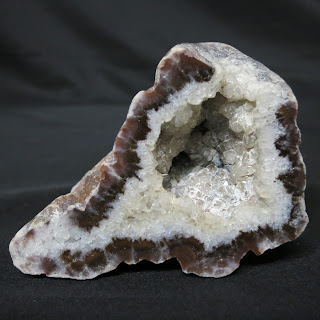The Museum is pleased to present an
opportunity to all those interested in learning more about Peace River’s rich
heritage! Guided tours will be taking place throughout July and August at the
St. Augustine Mission Church and downtown Peace River.
The St. Augustine Mission Church is a Provincial
Historic site located along the scenic Shaftesbury Trail. Take a peek inside
the church, walk amongst the headstones, and get a sense of what life at the
mission was like. The site is closed to the public outside of scheduled tour
hours, so take this opportunity to learn about this site’s history and
importance to our community! Another important area for Peace River is the
downtown core. A heritage interpreter
will guide walking tours and provide information about historic buildings,
people, and areas.
Drop
by during the scheduled times below.
St.
Augustine Mission Church Site:
Highway
684 (Shaftesbury Trail), River Lot 22 on the Peace River Correctional Centre’s
grounds.  ·
July 5
·
July 5· July 12
· July 26
· August 2
· August 9
· August 23
A heritage interpreter will be on site from 1:30 to 3:30 p.m. those interested are encouraged to come at any point during that time.
Downtown
historic tours:
·
Mondays: Starting @ 10:30am on July 6,
13, 20, 27 & August 10, 17, 24 beginning at Linc Weaver Park· Thursdays: Starting @ 7pm on July 9, 16, 23, 30 & August 6, 13, 20 beginning at the museum
Each
tour is approximately 60 minutes long.
For
more information call the museum at 780.624.4261











